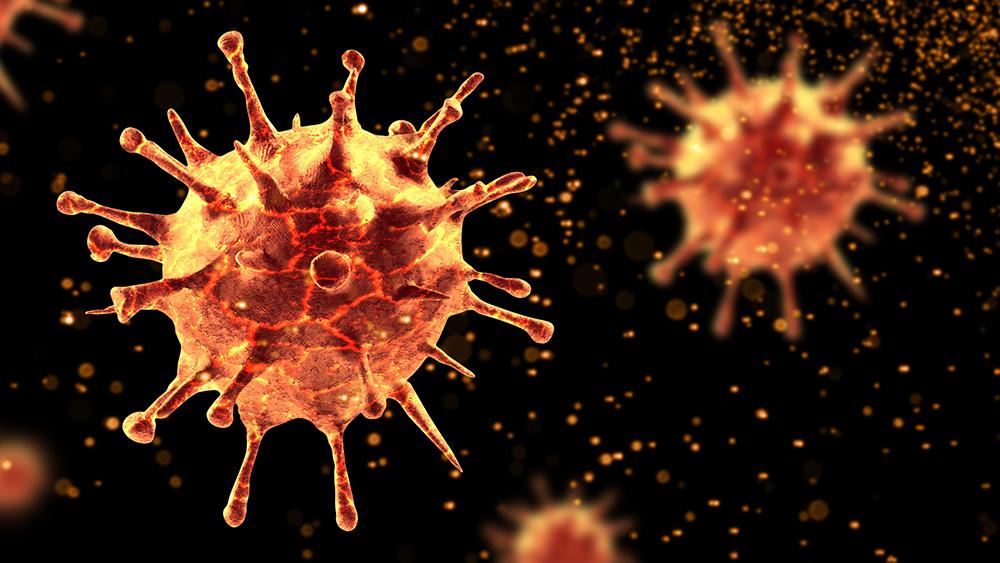
The majority of the new coronavirus cases were from foreign workers living in dormitories, the country’s hardest-hit demographic. According to Health Minister Gan Kim Yong, the sharp rise in cases also reflected Singapore’s more aggressive approach to testing. In a statement, Yong said that a total of 21,000 migrant workers, or around one in 15 people living in dormitories, have been tested for COVID-19 since the surge in new cases.
“This is far higher than the testing rates seen in other countries like (South) Korea, which is one in 90, as well as other countries like the United States, United Kingdom or even Hong Kong,” he added.
Most of the new cases, according to health authorities, only showed mild illness and are monitored in community isolation facilities or general wards in hospitals.
Increase in new cases reported
Currently, the country is housing its 323,000 migrant workers in dormitories across the city. These include newly built housing, as well as factories and construction sites that have been converted into dormitories. These workers make up most of Singapore’s coronavirus caseload. Based on Monday’s figures, 764 out of the 799 new cases – over 95 percent – are from migrant workers.
The number of new cases also continues to increase every week. From last week’s average of 23 cases per day, health officials are now recording over 24 cases per day. In addition, the health ministry reported 18 new community cases from both permanent residents and foreign workers. In total, 12,183 migrant workers – over 80 percent of the country’s total caseload – are diagnosed with COVID-19.
Despite the increase, health officials noted that both cases for community and isolated transmission have fallen for this week, and there were no imported cases.
Health officials also reported seven new coronavirus clusters in the city, including one welfare home, a construction site, one dormitory and four residential areas. Over half of the new confirmed cases were linked to known clusters, while the rest are pending contact tracing.
The country’s largest active cluster is still the S11 dormitory in Punggol district in northeastern Singapore, with 2,286 cases so far. (Related: Europeans no longer welcome in Germany due to coronavirus; only MIGRANTS allowed.)
A drop in economic outlook
The Monetary Authority of Singapore (MAS) warned on Tuesday that the country’s economy may contract beyond forecasted levels if the government fails to contain the onslaught of COVID-19. In its macroeconomic review, the country’s central bank noted that it expects gross domestic product (GDP) to fall up to four percent this year due to loss of economic activity caused by travel restrictions and the lockdown.
While the agency estimates that economic activity will start to pick up in the latter half of the year, the recovery is still heavily reliant on how effective the measures are in bringing COVID-19 under control globally.
“There are significant downside risks to Singapore’s growth outlook for 2020. The [materialization] of any combination of these risks could bring GDP growth below the projected -4 to -1 [percent] range,” the MAS said.
Compared to the SARS outbreak of 2002, the MAS noted that containing the current COVID-19 outbreak in Singapore is harder to achieve, given the nature of the disease. In addition, current lockdown measures have led to more conservative spending among consumers and companies, as they look for certain signs of economic recovery. This has led to a drop in external demand and trade, which the agency said will affect industries differently.
“For instance, within the manufacturing sector, highly procyclical industries which are related to oil and electronics will likely be most negatively affected. In comparison, medical-related industries, such as medical technology and pharmaceuticals manufacturing, could experience positive growth,” the MAS added.
Learn more about the coronavirus outbreak in other parts of the world at Pandemic.news.
Sources include:
Please contact us for more information.























